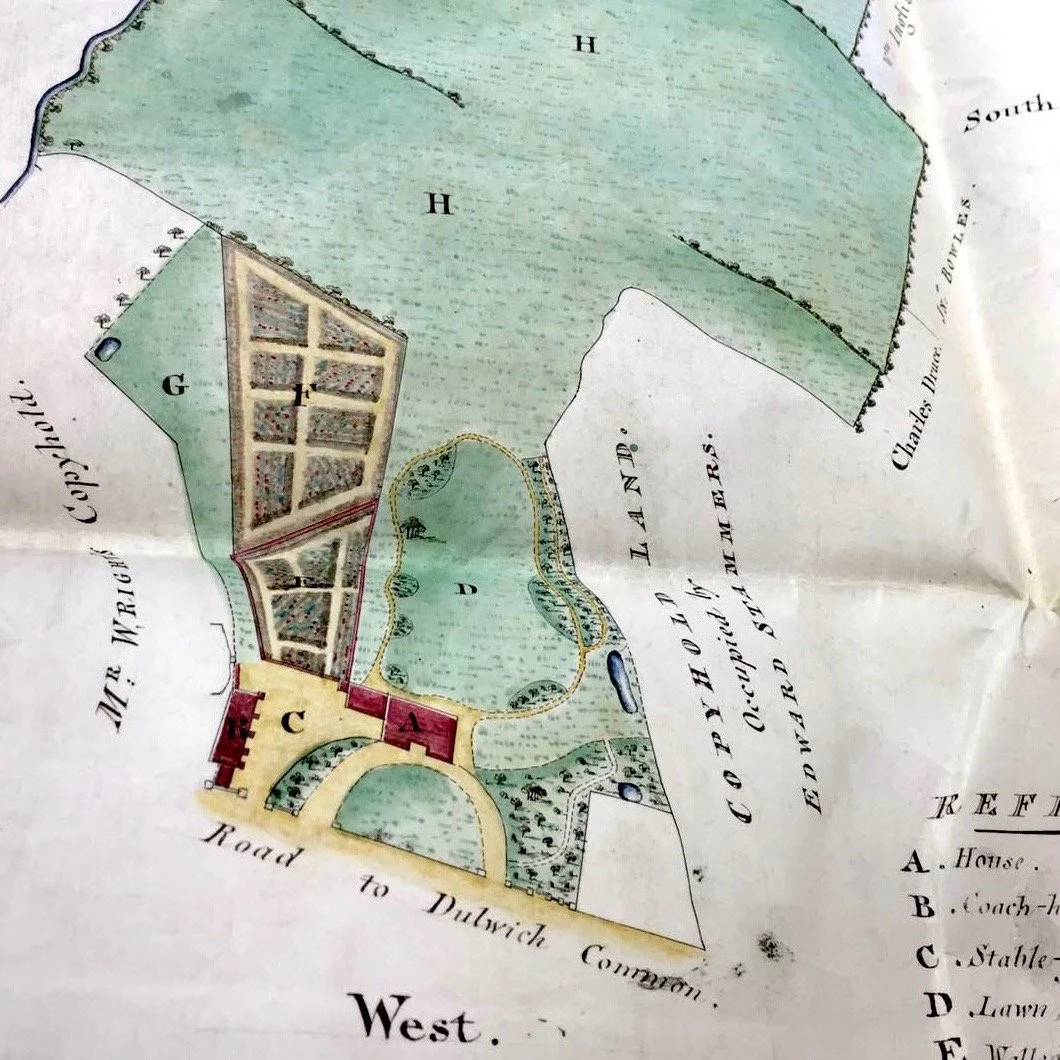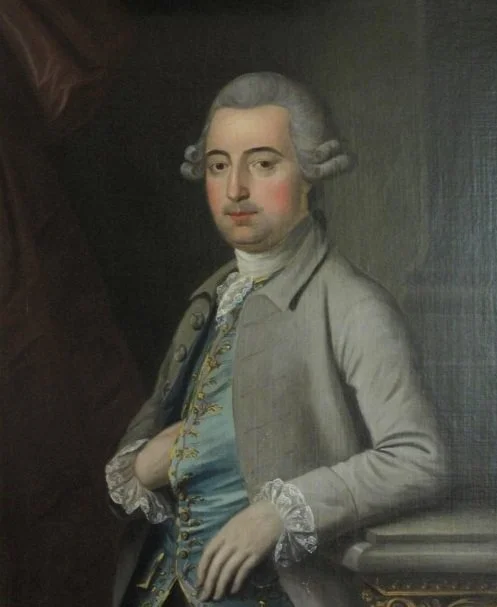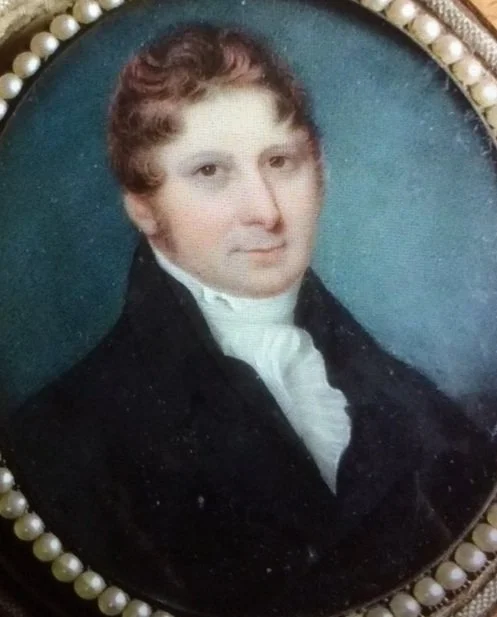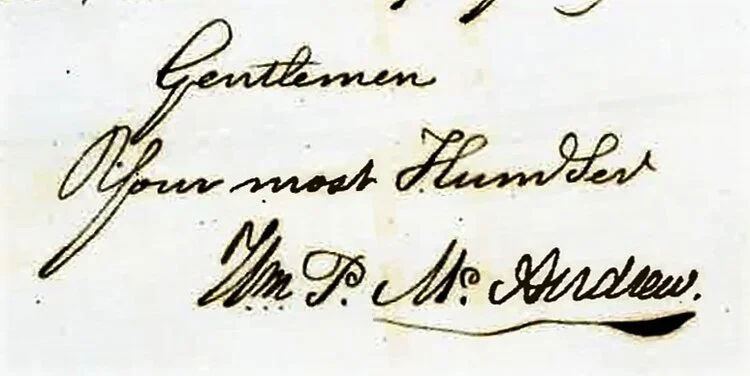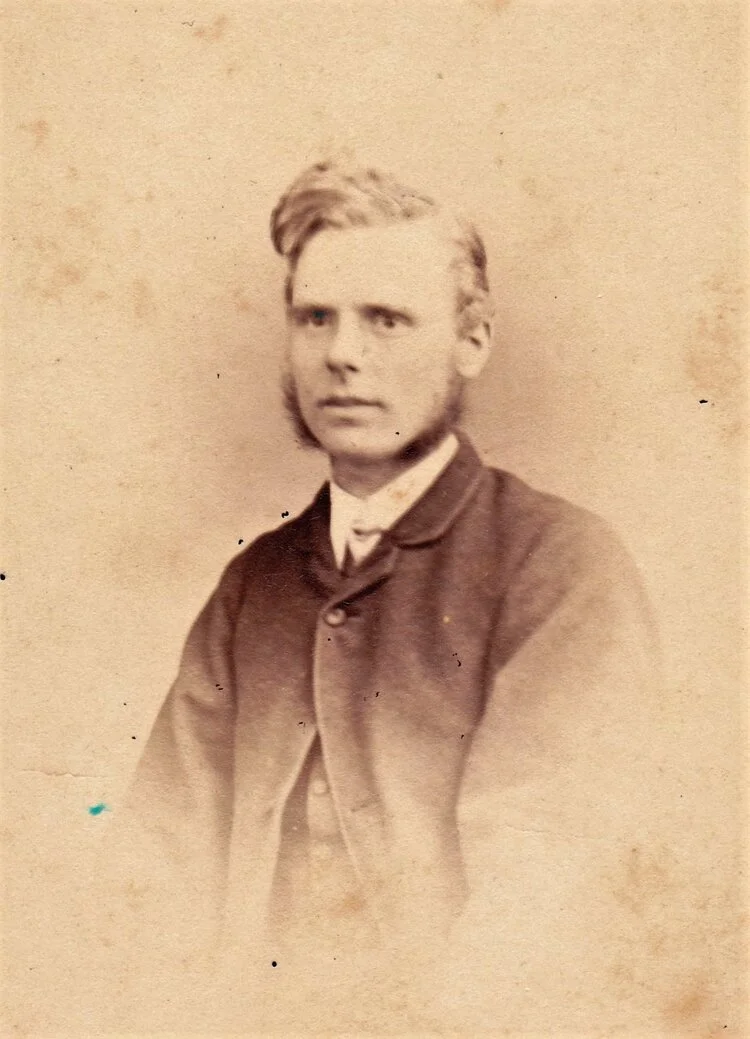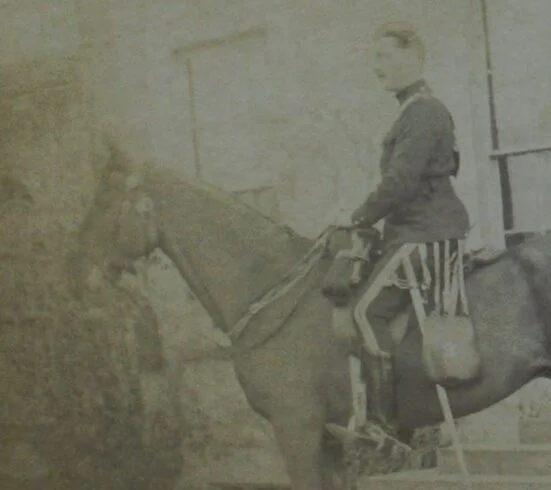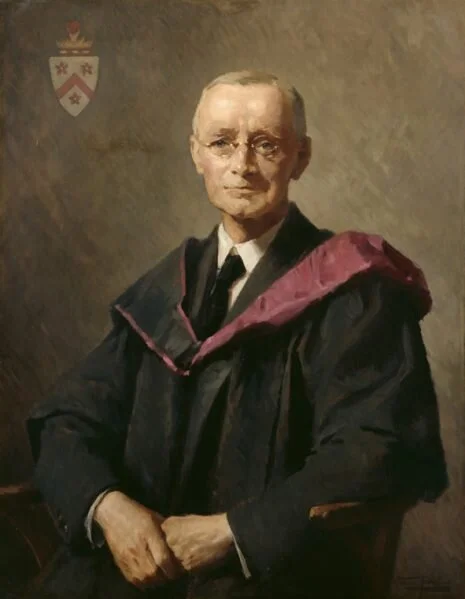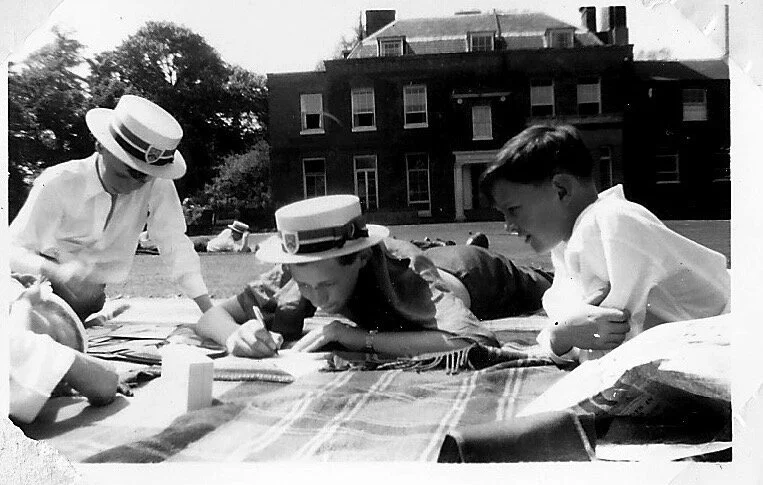A Brief History
Bell House is a charming Georgian time capsule. Its elegant rooms, tall windows and beautiful walled garden have witnessed many changes in the 250 years since it was built.
But this grand house wasn’t built for a grand family - it was commissioned by Thomas Wright, a warehouse worker who started his own lucrative business publishing almanacs, bibles and prayer books. He became Sheriff of the City of London in 1779 and Lord Mayor of London in 1785. Wright built the house as a rural retreat from city life and it included several acres of farmland, later forming part of Dulwich Park. Fields surrounded the property and at the front you can still see the ‘ha-ha’, a sunken wall designed to keep sheep out while being invisible from the house.
Thomas Wright was a community-minded man. He installed the house’s eponymous bell to help assemble people for local firefighting and the bell was used for this purpose over the next century. Wright never forgot his roots and as well as helping many poor people during his life he left money in his will for the education of apprentices.
Other distinguished residents include Anthony Harding who set up the world’s first department store in Pall Mall in 1796; George Widdowson, a goldsmith who supported charitable institutions such as the then newly-built Charing Cross Hospital; John Wissmann, the son of a naturalised German and Dulwich’s first casualty of World War One; and Nan Lucas, a formidable nurse and innovative hospital administrator.
In 1926 the house was taken over by Dulwich College as a home for the headmaster and after World War Two became a junior boarding house for about 30-35 boys. First-hand accounts from ex-boarders have painted a vivid picture of life here, telling of escapades over the rooftops, out of control firework parties and adventures in the cellar which was used by the boys as a den complete with model railway, snooker and table tennis.
In the 1840s the house was extended to the north to provide servants’ quarters while later modernisation of the house during and after WW1 was by Sir Edwin Lutyens who also remodelled the Lodge. In 1992 the Dulwich Estate sold the house as a private residence with over 25 rooms covering 12,000 sq ft.
Click here to download a free map of the Georgian houses of Dulwich.
Georgian front door and stained glass fanlight of Bell House
Original deeds showing plan of Bell House courtesy of Dulwich College Archive


